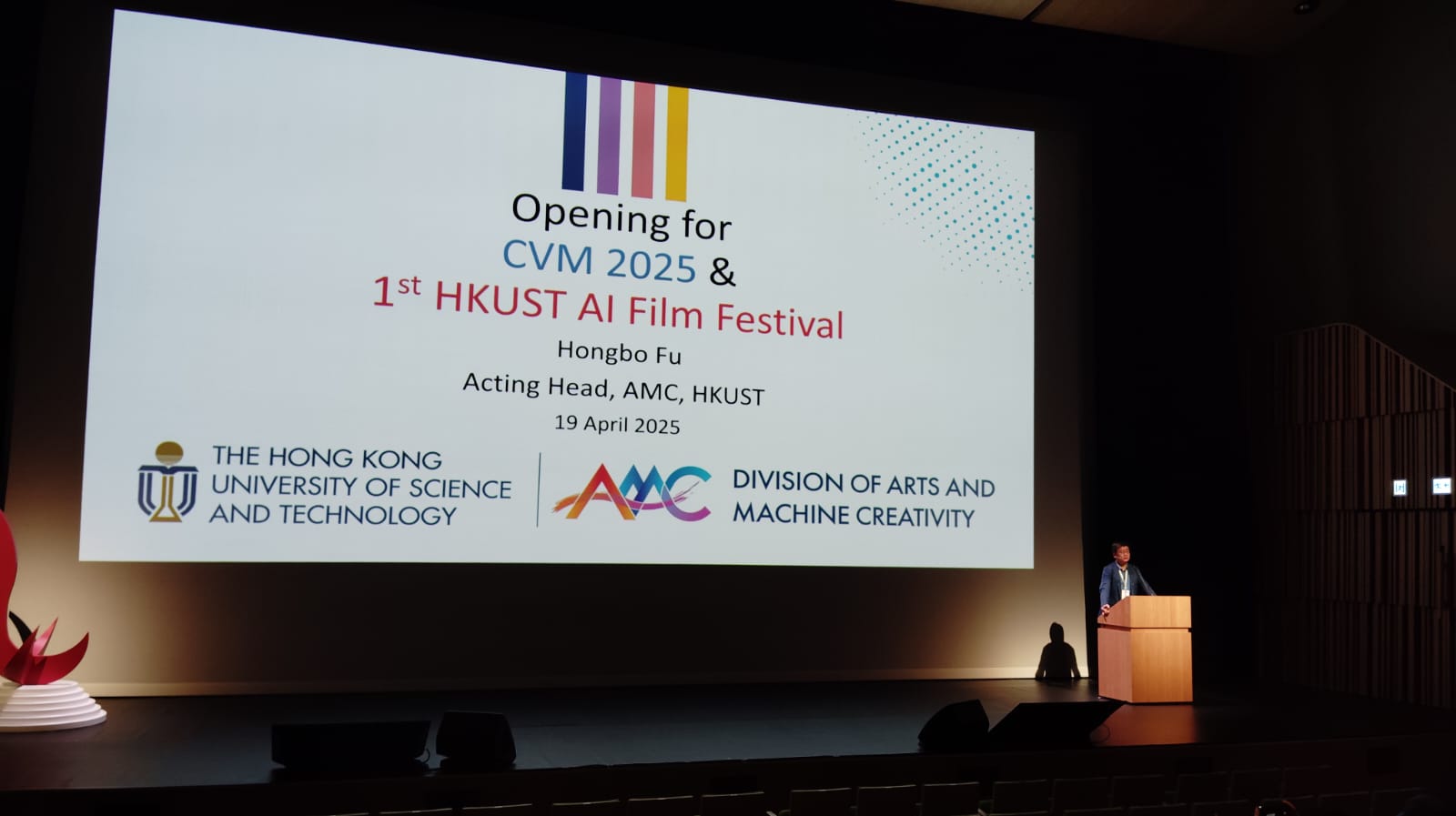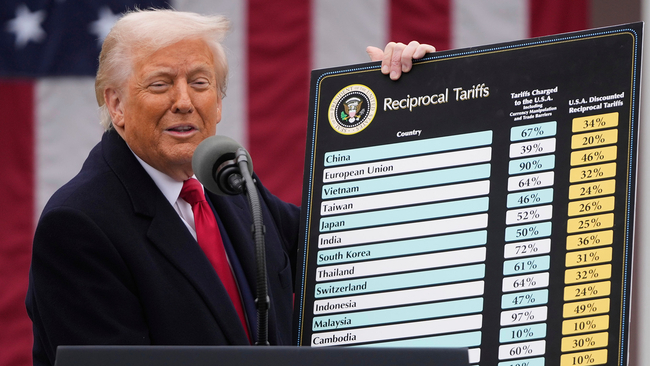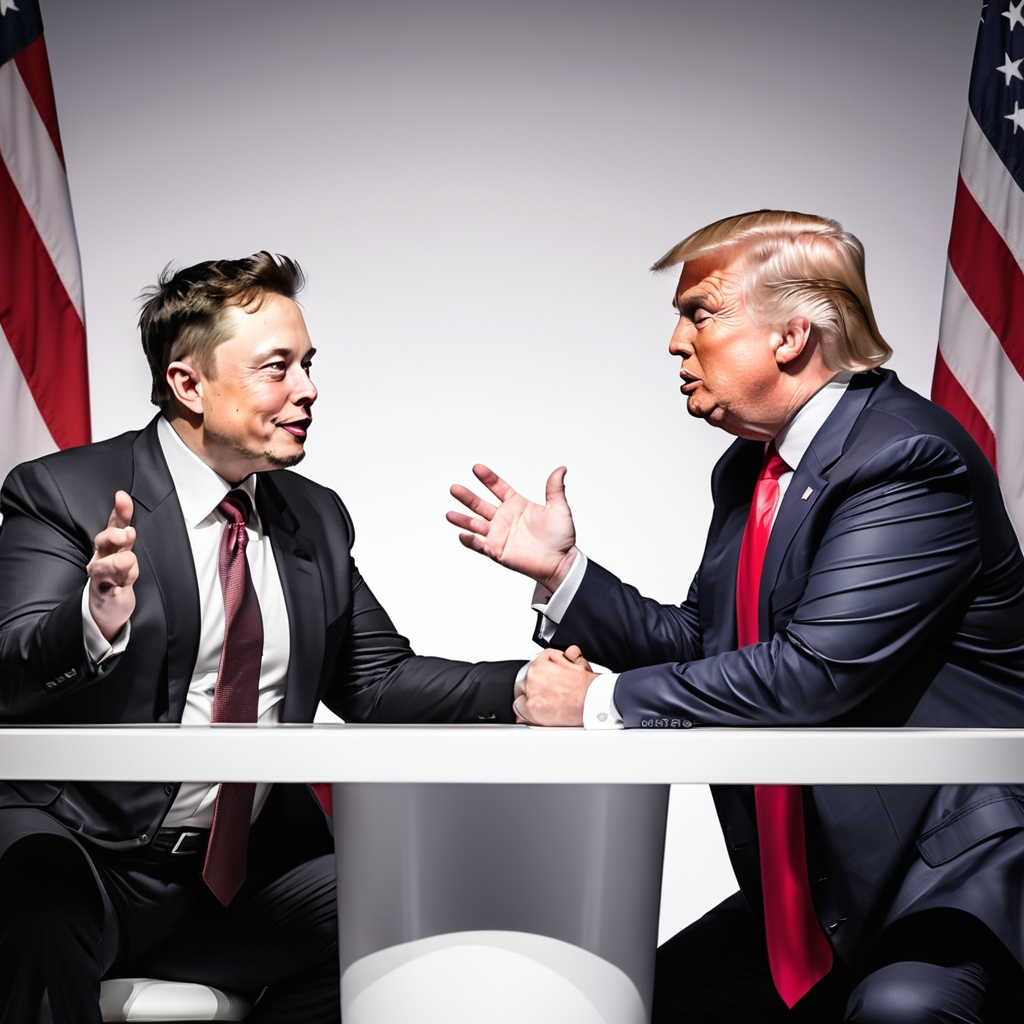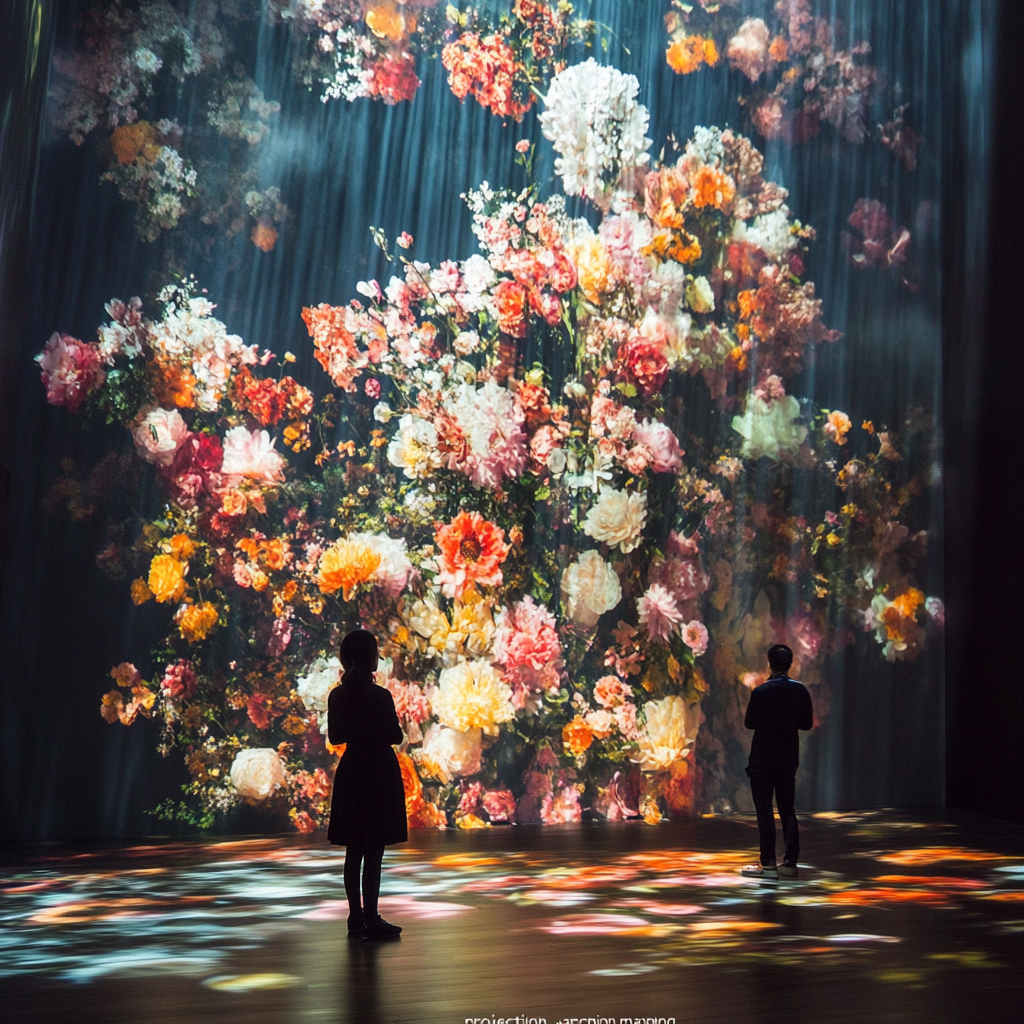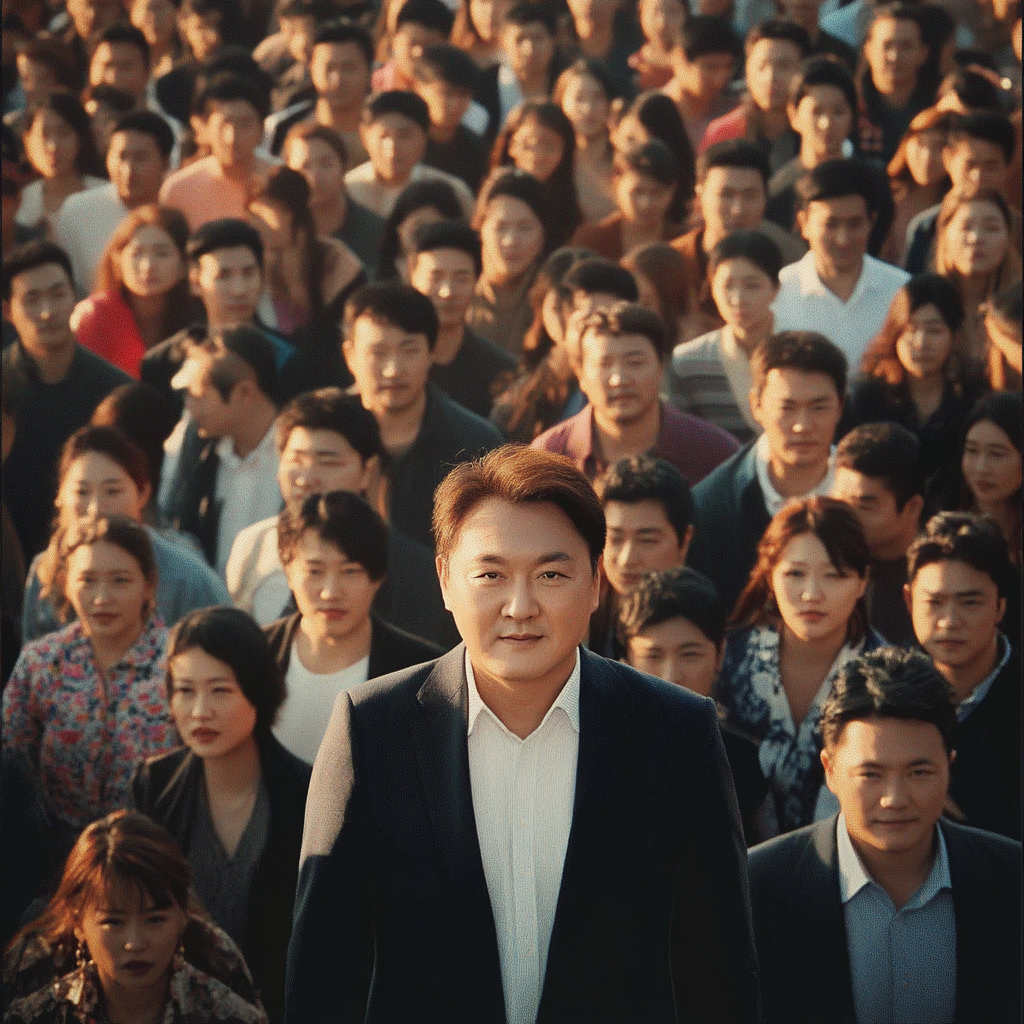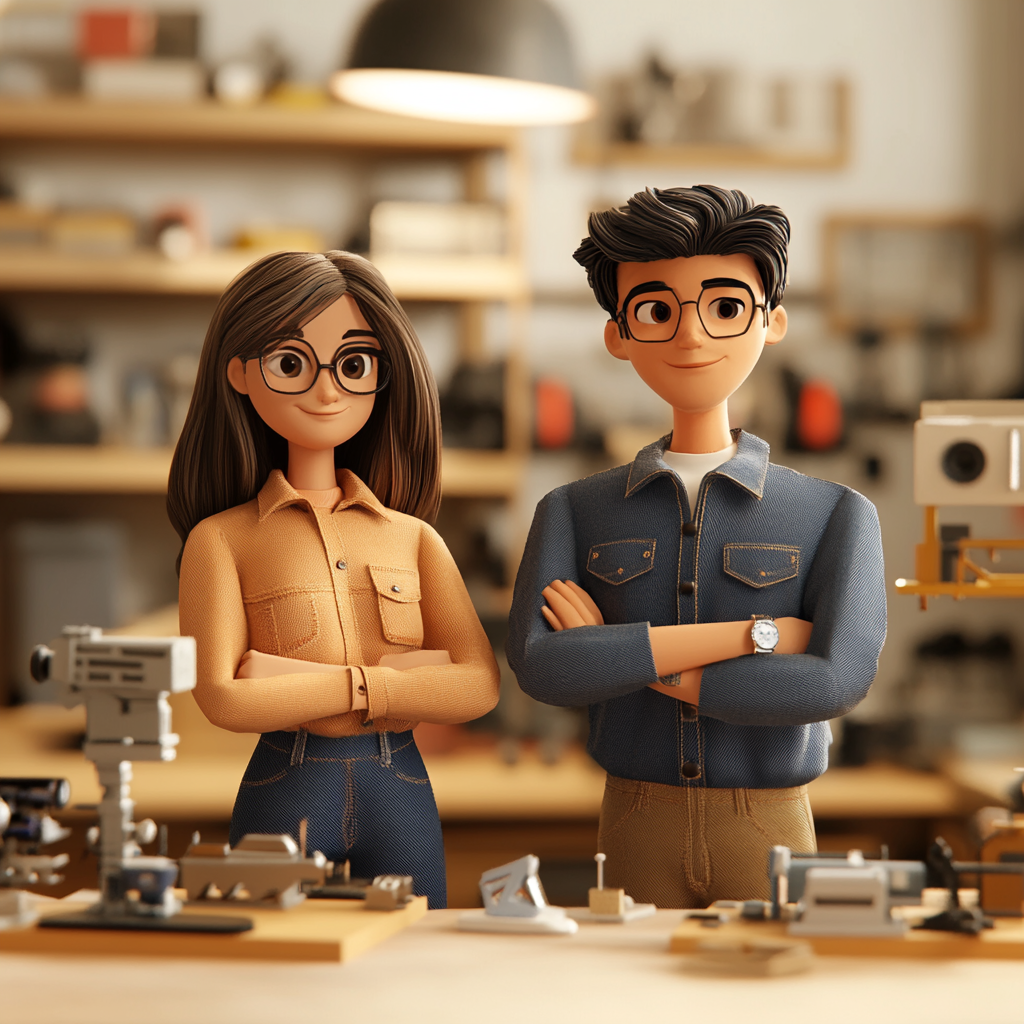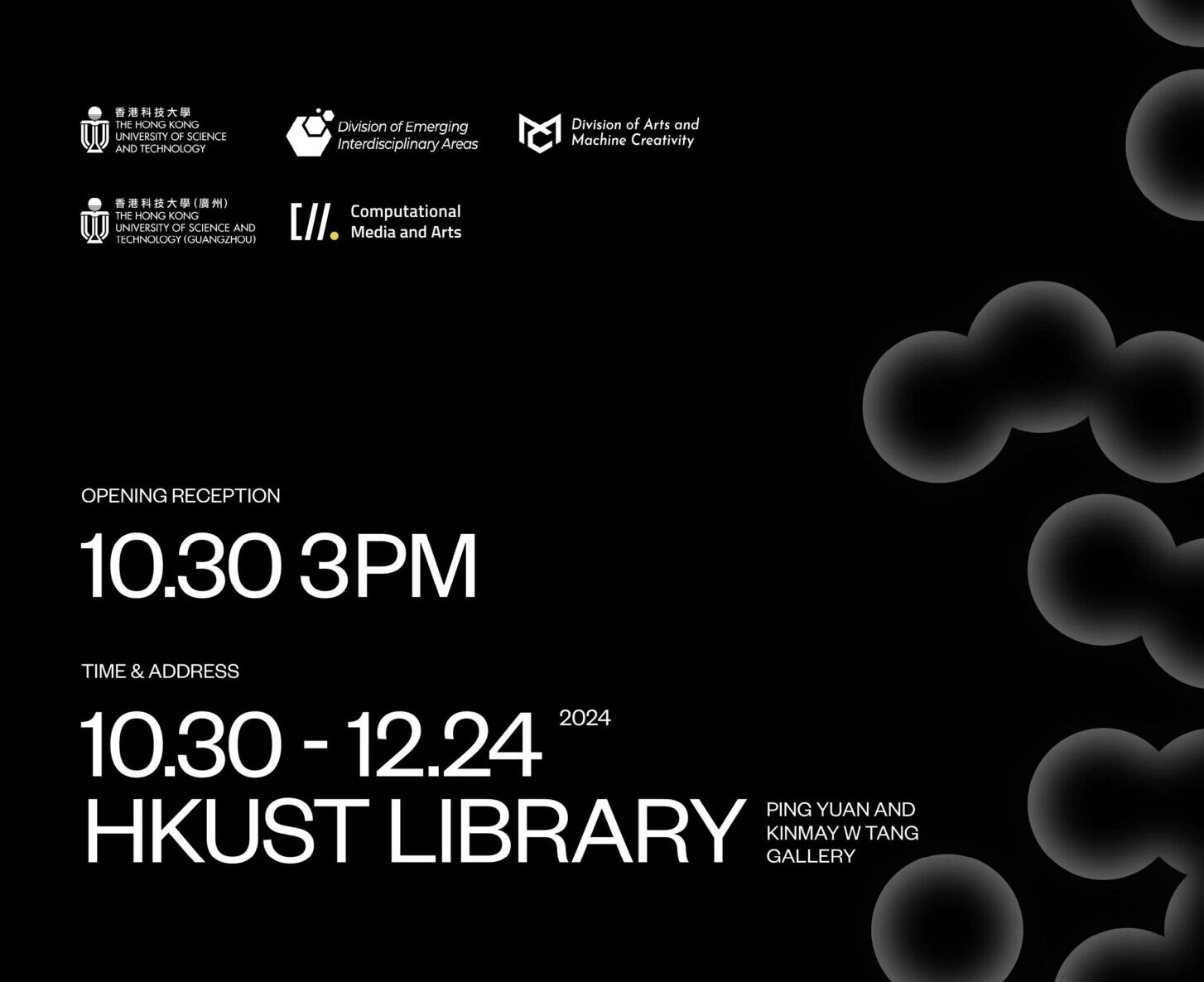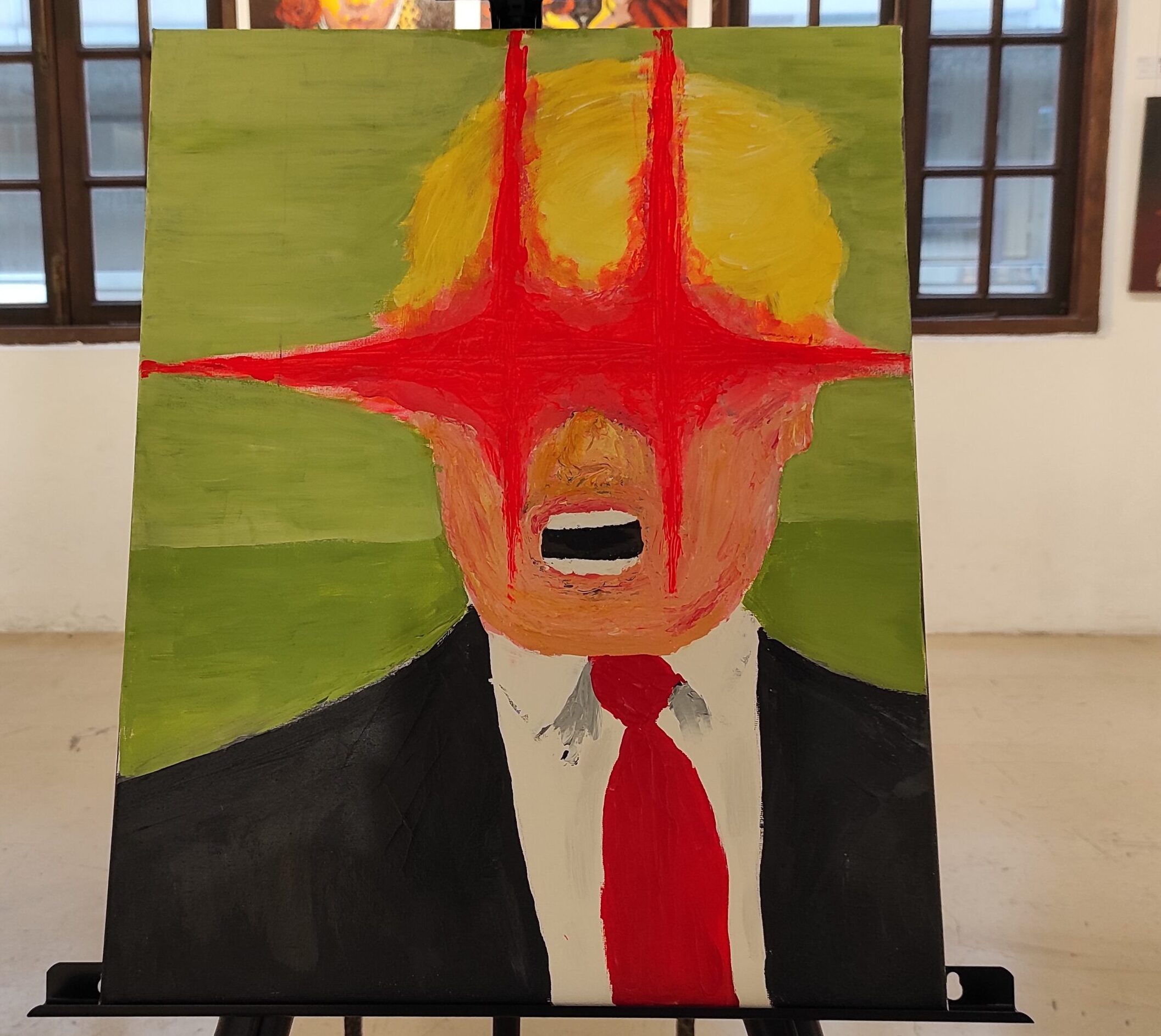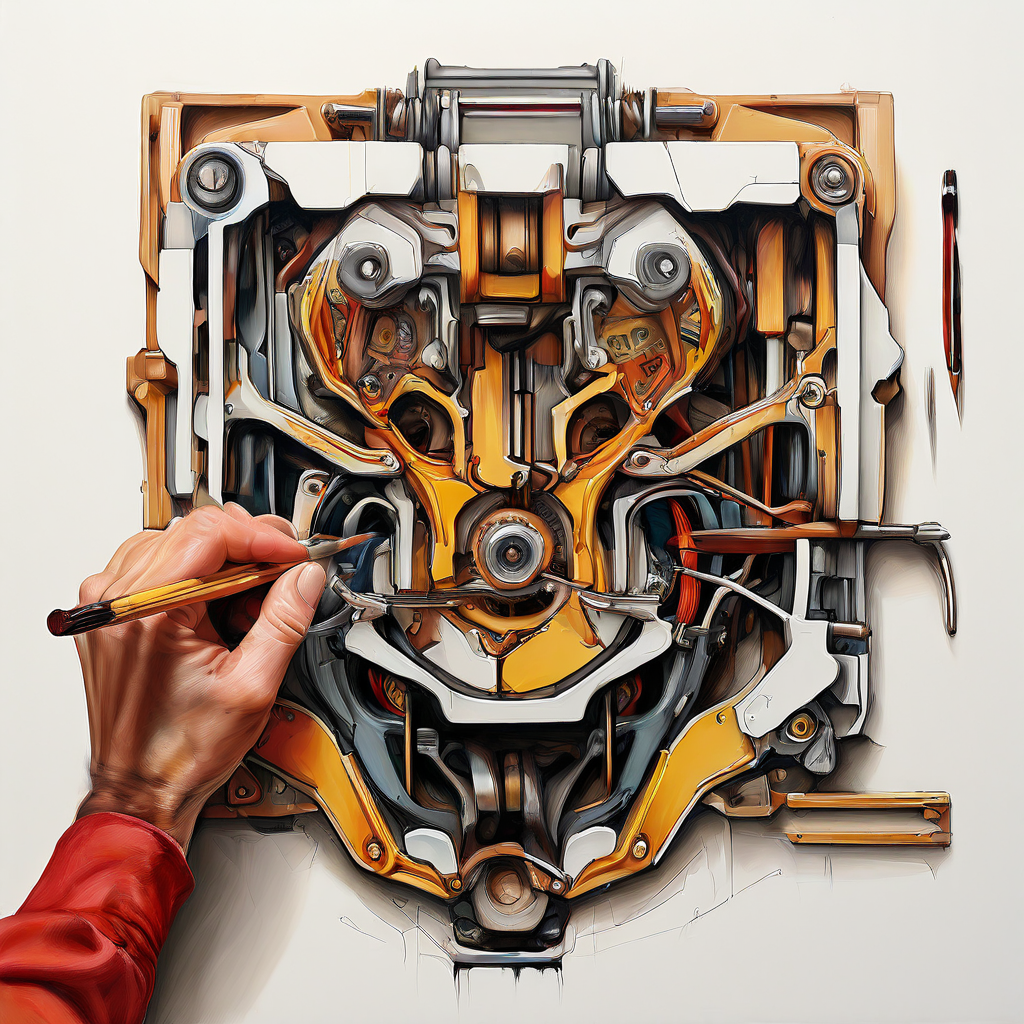Transforming Traditional Art with Generative AI: A Step-by-Step Guide
Art Tech x AI Post no. 2
Introduction
Generative AI is reshaping the artistic landscape, offering traditional artists a unique opportunity to create digital derivatives of their original works. This blog post provides a step-by-step guide on how traditional artists can leverage generative AI to transform their art, along with insights into the technical concepts and methodologies involved.
Step 1: Understanding Generative AI
Generative AI involves algorithms that can create new content by learning from existing data. In the context of art, these algorithms analyze vast amounts of artistic data to generate new artworks that mimic the styles and patterns of the original pieces. Key technologies include neural networks and deep learning models, which are capable of discerning intricate artistic details.
Step 2: Preparing Your Artwork
To begin the process, traditional artists need to prepare their original artworks for submission to a generative AI platform. This typically involves:
- Digitizing the Artwork: Scan or photograph your traditional artworks to create high-quality digital copies.
- Organizing the Data: Ensure that the digital files are well-organized and labeled, making it easier for the AI system to process and analyze them.
Step 3: Submitting Your Artwork
Once your artwork is digitized and organized, you can submit it to a generative AI platform. Many platforms offer user-friendly interfaces that guide you through the submission process. Key steps include:
- Uploading the Files: Upload the digital copies of your artwork to the platform.
- Providing Metadata: Include relevant metadata such as the title, medium, and style of each piece. This information helps the AI system better understand and analyze your work.
Step 4: Data Processing and Training
After submission, the AI system processes your artwork, analyzing its patterns, styles, and elements. This involves:
- Data Analysis: The AI system examines the visual and stylistic features of your artwork, identifying key patterns and elements.
- Model Training: Using the analyzed data, the AI system trains its models to generate new content that reflects your unique artistic style.
Step 5: Generating Digital Variants
Once the AI system is trained, it can generate multiple digital variants of your original artwork. These variants can range from subtle modifications to entirely new creations, all inspired by your original work. Key techniques include:
- Style Transfer: The AI system applies the style of your original artwork to new content, creating digital pieces that maintain the essence of your traditional art.
- Hybrid Artistic Expressions: The AI system combines elements from different artworks to create hybrid pieces that blend various styles and patterns.
Step 6: Reviewing and Refining
After the AI generates the digital variants, you can review and refine the results. This involves:
- Evaluating the Variants: Assess the generated digital pieces to determine which ones best reflect your artistic vision.
- Making Adjustments: Use the platform’s tools to make any necessary adjustments to the digital variants, ensuring they meet your standards.
Ethical Considerations and Future Implications
As you embrace generative AI, it is important to consider the ethical implications. Ensure that the collection and usage of your artistic data are done ethically, respecting privacy rights and consent. Additionally, consider the potential impact of AI-generated art on your livelihood and the broader art community.
Conclusion
Generative AI offers traditional artists a powerful tool to create digital derivatives of their original works. By following this step-by-step guide, artists can leverage AI technology to enhance their creative processes and reach new audiences. As we continue to explore the possibilities of generative AI in art, it is crucial to address the ethical considerations and ensure that this technology benefits all artists. These blog posts provide a comprehensive overview of how traditional artists can use generative AI to create digital variants of their original works, along with practical steps and ethical considerations.

